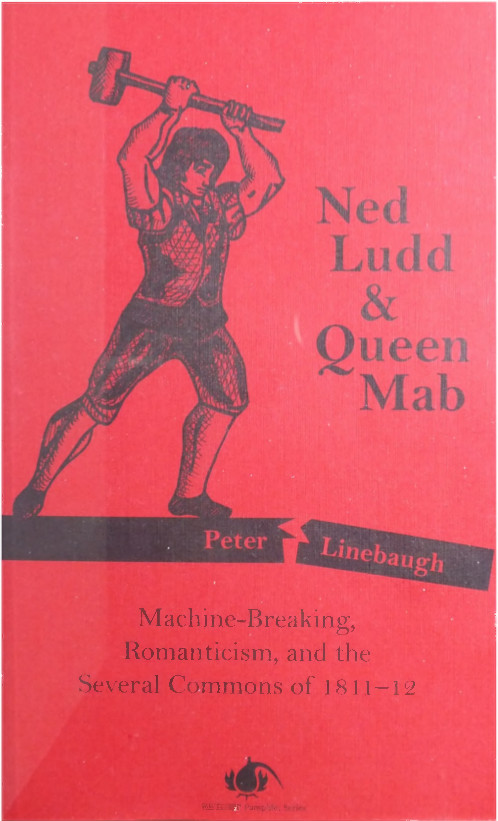Metahaven: Can Jokes Bring Down Governments? Memes, Design and Politics (2013)
Filed under pamphlet | Tags: · activism, design, fun, memes, politics, power

“These are serious times, or so our governments keep telling us. Strangling economies with their austerity policies, they assure us that they have no choice. In a world where “there is no alternative”, how do you dissent? Once upon a time, graphic designers would have made political posters and typeset manifestos. Today, protest has new strategies. Enter the internet meme. With its Darwinian survival skills and its viral potential, the meme is a way of scaling up protest. Hackers and activists have learned to unleash the destructive force of a Rick Astley video. They have let slip the Lolcats of war. Pranks have become a resistance strategy. As the rise of Beppe Grillo in Italy testifies, this may be the hour to fight nonsense with nonsense. Jokes are an open-source weapon of politics, and it is time to tap their power.”
Publisher Strelka Press, 2013
ISBN 9785906264077
Review (Shumi Bose, Blueprint)
Publisher
Authors (in an interview with Aaron Peters)
Nikolay Punin: The Monument to the Third International: A Project by the Artist V.E. Tatlin (1920–) [Russian, English]
Filed under pamphlet | Tags: · architecture, art, avant-garde, constructivism

Tatlin’s Tower, or the project for the Monument to the Third International (1919-20), was a design for a grand monumental building by the Russian artist and architect Vladimir Tatlin, that was never built. It was planned to be erected in Petrograd (now St. Petersburg) after the Bolshevik Revolution of 1917, as the headquarters and monument of the Comintern (the Third International).
The tower was to be built from industrial materials: iron, glass and steel. In materials, shape and function, it was envisaged as a towering symbol of modernity. It would have dwarfed the Eiffel Tower in Paris. The tower’s main form was a twin helix which spiraled up to 400 m in height, around which visitors would be transported with the aid of various mechanical devices. The main framework would contain four large suspended geometric structures. These structures would rotate at different rates of speed. At the base of the structure was a cube which was designed as a venue for lectures, conferences and legislative meetings, and this would complete a rotation in the span of one year. Above the cube would be a smaller pyramid housing executive activities and completing a rotation once a month. Further up would be a cylinder, which was to house an information centre, issuing news bulletins and manifestos via telegraph, radio and loudspeaker, and would complete a rotation once a day. At the top, there would be a hemisphere for radio equipment. There were also plans to install a gigantic open-air screen on the cylinder, and a further projector which would be able to cast messages across the clouds on any overcast day.
Soviet critic Viktor Shklovsky is said to have called it a monument “made of steel, glass and revolution.” (from Wikipedia)
Punin’s commentary from his diary (1920)
Commentary (Natalia Murray, 2012)
Commentary (Svetlana Boym, Cabinet, 2007)
Pamyatnik III internatsionala. Proyekt khud. E. Tatlina [Памятник III интернационала. Проект худ. Е. Татлина]
Publisher Department of Visual Arts of Narkompros, St. Petersburg, 1920
7 pages
via Russian National Library
PDF
English translation (Christina Lodder, 1983/1992)
Peter Linebaugh: Ned Ludd and Queen Mab: Machine-Breaking, Romanticism, and the Several Commons Of 1811-12 (2012)
Filed under pamphlet | Tags: · 1800s, luddism, machine, romanticism

“Peter Linebaugh, in an extraordinary historical and literary tour de force, enlists the anonymous and scorned 19th century loom-breakers of the English midlands into the front ranks of an international, polyglot, many-colored crew of commoners resisting dispossession in the dawn of capitalist modernity.”
Publisher PM Press, Oakland, CA, 2012
Report Pamphlet Series, No. 001
ISBN 9781604867046
48 pages
review (Alan Brooke)
author’s lecture on luddism (audio)

